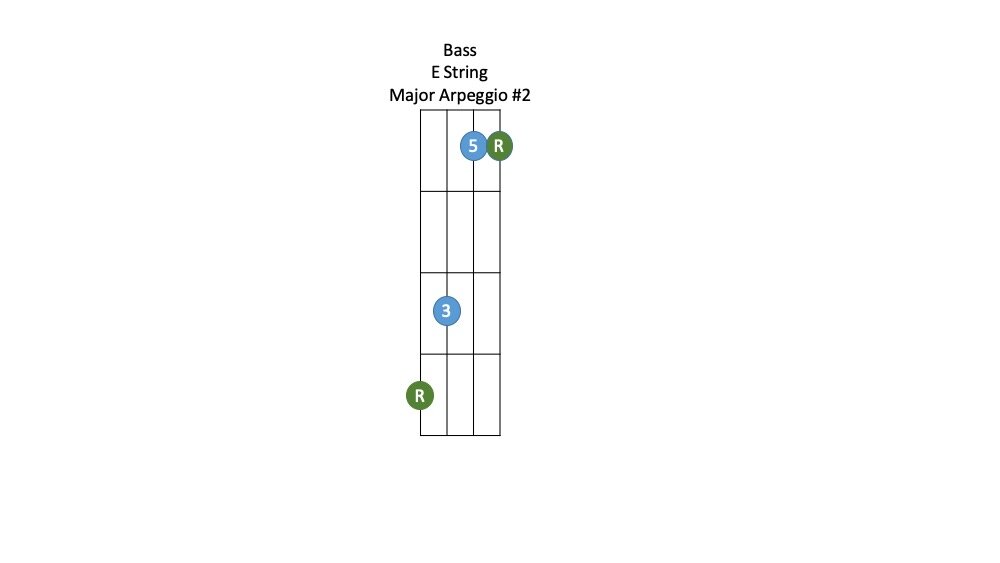Here is a classic minor arpeggio on the A string. An Arpeggio is a chord broken down into notes in one area of the neck. They are used for solos, melodies and I use them as finger exercises for pointing and flattening my fingers; if there are notes that are played on the same fret, but a different string, you should be pointing for the lower note and flattening your finger for the higher note. You do the reverse when you go back down.
If you need more information about what an arpeggio is, you should check out our lesson on Chords .








































